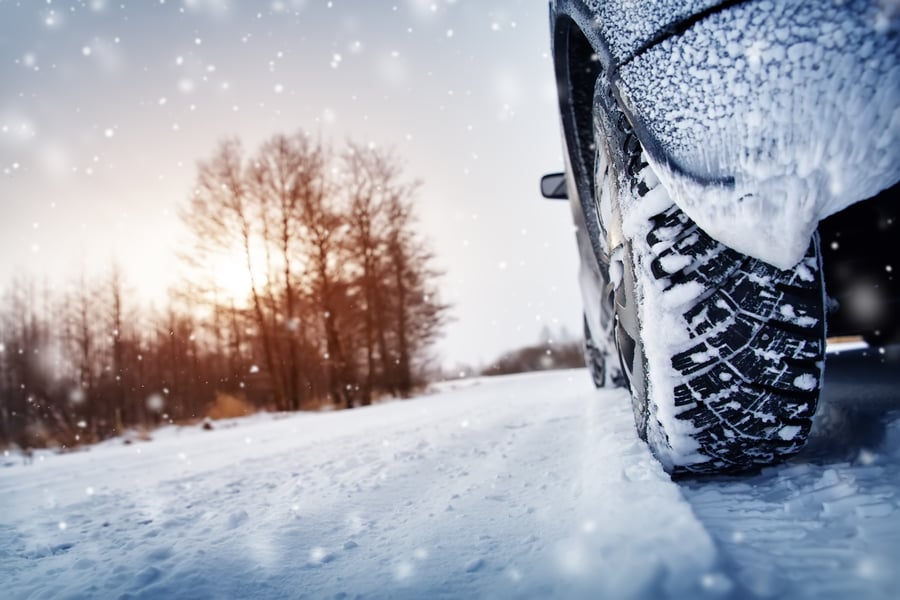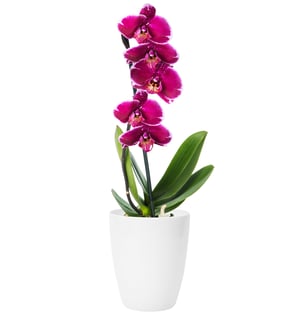
As winter approaches, preparing your vehicle for harsh weather isn't just about convenience – it's about safety.
Here's your comprehensive guide to getting your car winter-ready before the first snowfall.
BATTERY AND ELECTRICAL SYSTEM
Your car's battery loses power in cold weather, and nothing's worse than a dead battery on a freezing morning. Have your battery tested if it's more than three years old. A battery that seems fine in fall can fail completely once temperatures drop below freezing. Check that battery connections are clean and tight.
TIRES AND TRACTION
Winter tires aren't just for snow – they're designed for temperatures below 45°F (7°C). All-season tires harden like hockey pucks in cold weather, while winter tires stay pliable for better grip.
Key steps include:
- Switch to winter tires or ensure all-season tires have adequate tread
- Check tire pressure weekly (cold air causes pressure drops)
- Consider tire chains if you live in an area which experiences severe conditions
- Keep spare tire properly inflated
FLUIDS AND FILTERS
Cold weather affects your car's fluids in various ways:
- Switch to winter-grade oil (check your manual for specifications)
- Top up antifreeze/coolant with a winter-friendly mix
- Use winter-grade windshield washer fluid rated to -30°F
- Check brake fluid levels and condition
EMERGENCY KIT ESSENTIALS
Pack a winter emergency kit including:
- Ice scraper and snow brush
- Jumper cables
- Flashlight with extra batteries
- Blanket
- Small shovel
- Sand, kitty litter, or traction mats
- Basic tools
- Phone charger
- First-aid kit
- Snacks and water
VISIBILITY AND LIGHTING
Most winter accidents happen because drivers can't see or be seen.
Ensure:
- All lights work properly
- Wiper blades are winter-grade and in good condition
- Washer fluid reservoir is full
- Defrosters function effectively
- Windows, mirrors, and lights are clean
MECHANICAL CHECKS
Have a professional inspect these things:
- Brakes (including ABS system)
- Exhaust system for leaks
- Heater and defroster
- Belts and hoses for wear or cracks
FUEL CONSIDERATIONS
Keep your gas tank at least half full in winter. This prevents fuel line freezing and provides extra weight for better traction. Consider using fuel additives to prevent fuel line freezing if you're in an extremely cold region.
THE BOTTOM LINE
Prevention is always cheaper than repair: A $50 maintenance check now could save you thousands in repairs or, more importantly, prevent an accident. Schedule your winter prep before the first cold snap hits – service centers get swamped once snow is in the forecast.






















4 Comments